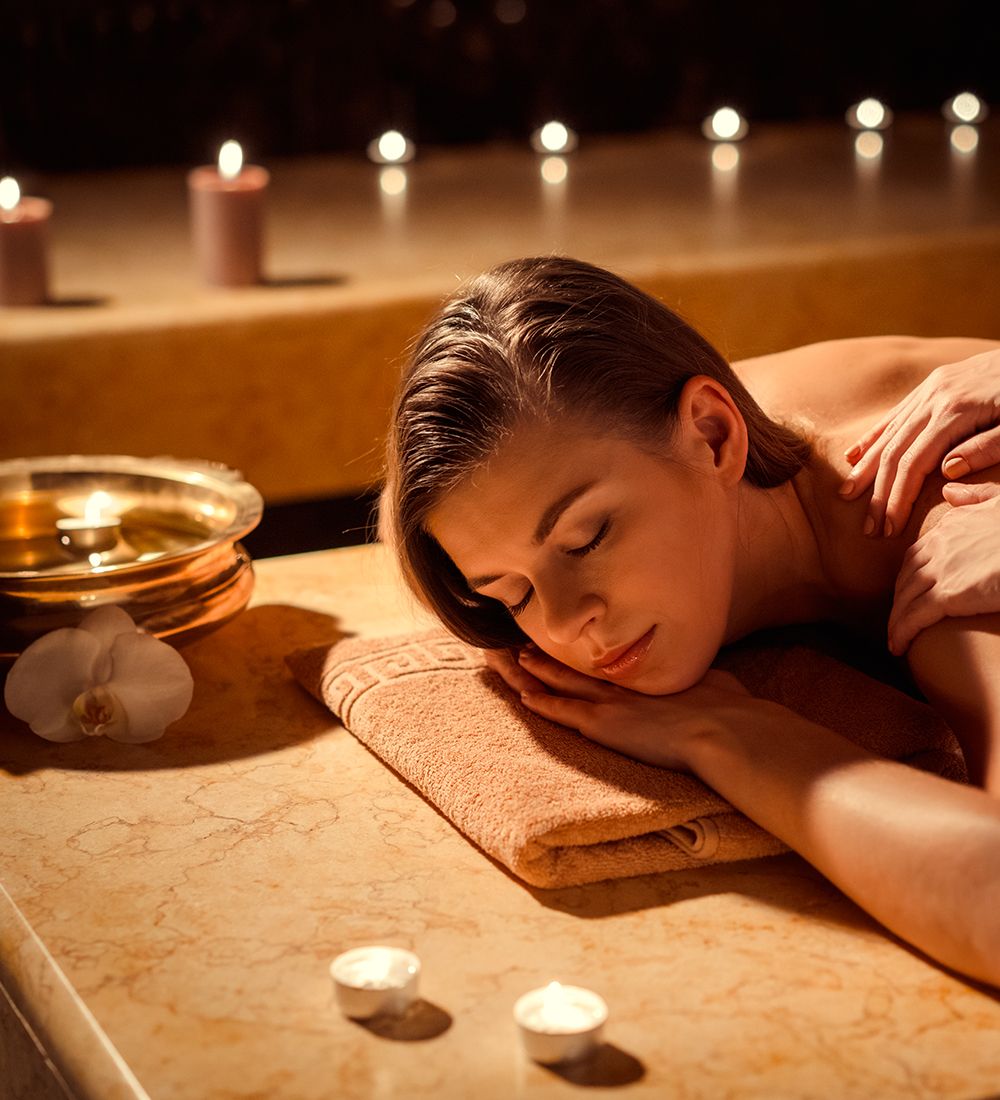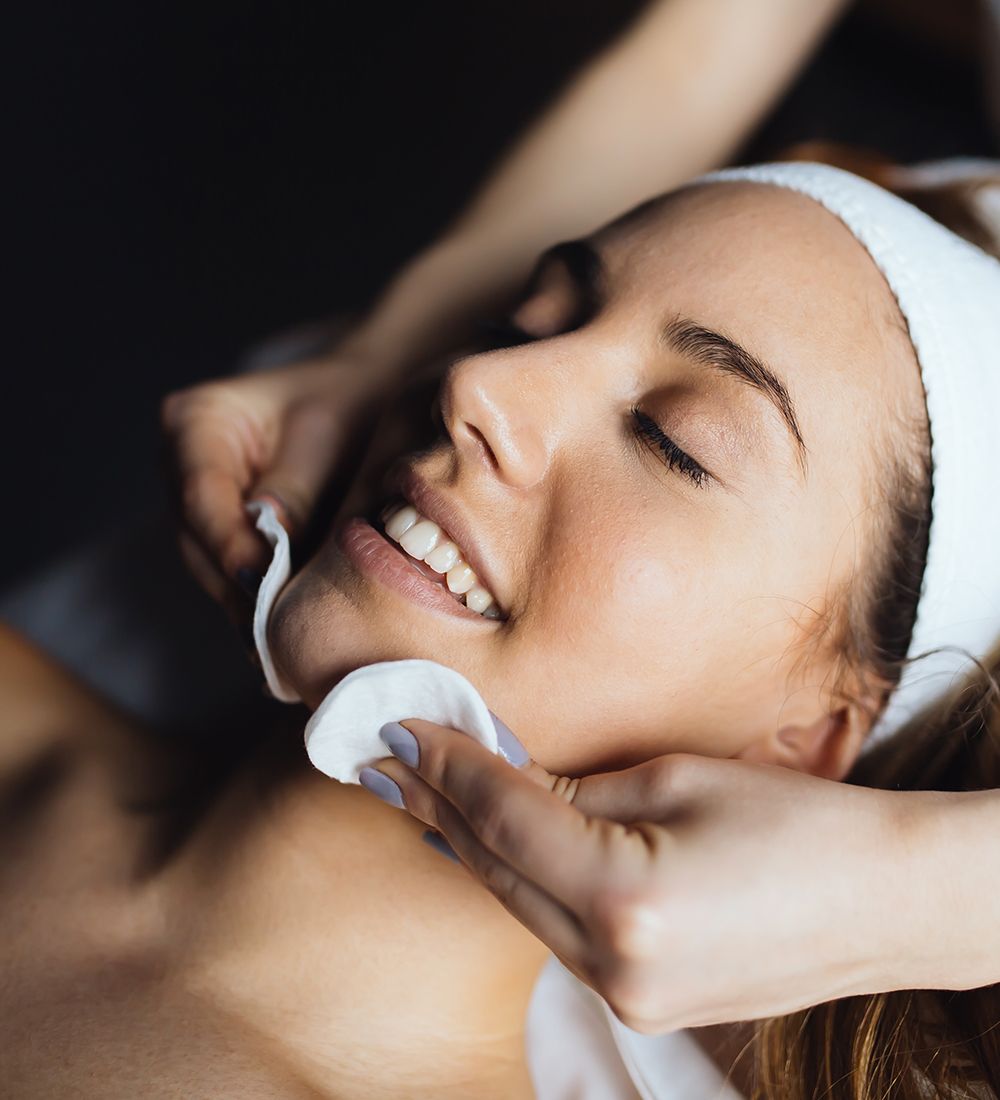Parsvottanasana is also known as Intense Side Stretch Pose or Pyramid Pose. It is the twelveth posture in the Ashtanga Yoga Standing sequence, and comes after Prasarita Padottanasana D. Parsvottanasana is a powerful standing forward bend that offers an array of physical and mental benefits.
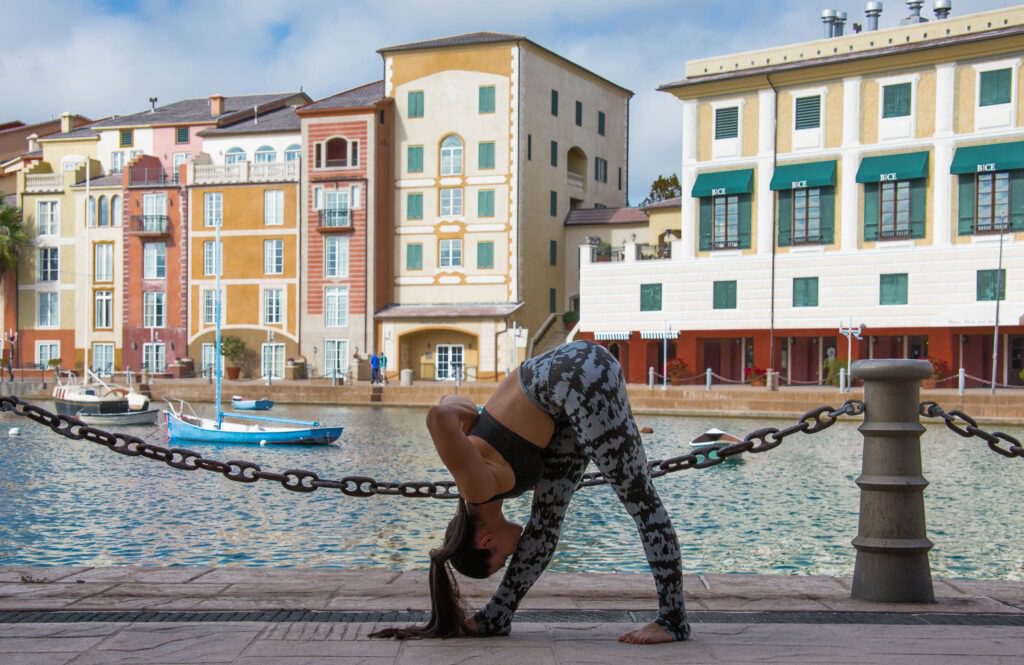
Benefits of Parsvottanasana:
- Stretches the Hamstrings: Parsvottanasana provides a deep stretch to the hamstrings, helping to improve flexibility and prevent tightness in the back of the legs.
- Strengthens the Core and Legs: This pose strengthens the core muscles, quadriceps, and glutes, improving stability and balance.
- Enhances Digestion: Parsvottanasana stimulates the abdominal organs, aiding in digestion and promoting a healthy digestive system.
- Improves Posture: This pose helps to lengthen and align the spine, improving posture and promoting proper spinal alignment.
Contraindications:
While Parsvottanasana can be beneficial for many practitioners, there are some contraindications to be aware of. It’s important to consult with a qualified yoga teacher or a healthcare professional before attempting this pose if you have any of the following conditions:
Back Injuries:
If you have a history of back injuries, such as herniated discs, sciatica, or chronic back pain, Parsvottanasana may not be suitable for you. Forward bends can put strain on the lower back, and it’s important to avoid any discomfort or pain in this area.
Hamstring Injuries:
If you have a hamstring strain, tear, or other hamstring injuries, Parsvottanasana may exacerbate the condition. It’s important to allow the hamstrings to heal fully before attempting deep stretches like Parsvottanasana.
High Blood Pressure:
Parsvottanasana involves a forward fold, which can increase blood pressure in the head and neck. If you have high blood pressure or any cardiovascular conditions, it’s best to practice this pose with caution and avoid any strain or pressure on the neck and head.
Vertigo or Balance Issues:
Parsvottanasana requires balance and stability, and if you have vertigo or balance issues, it may be challenging to maintain proper alignment in this pose. It’s important to prioritize safety and avoid any risk of falling or injury.
Pregnancy:
If you are pregnant, it’s best to avoid Parsvottanasana, especially in the later stages of pregnancy. Forward bends can compress the abdomen and may not be suitable for pregnant women. Always consult with your healthcare provider and a qualified yoga teacher for safe and appropriate modifications during pregnancy.
Recent Surgery or Injury:
If you have had recent surgery or injury, particularly in the legs, hips, or lower back, Parsvottanasana may not be suitable for you. It’s important to allow the body to fully heal before attempting any challenging yoga poses.
Remember, it’s crucial to listen to your body and practice with mindfulness. If you experience any pain, discomfort, or dizziness during Parsvottanasana, come out of the pose and seek guidance from a qualified yoga teacher or healthcare professional. Safety and awareness should always be a priority in your yoga practice.
Click here to watch out step by step tutorial video on Parsvottanasana
Step-by-step instructions on how to master Parsvottanasana in your Ashtanga yoga practice using the Sanskrit vinyasa count.
From Samasthiti (Equal Standing Pose)
Inhale, Ekam – Turn to face the back of your mat brining your right foot three feet in front of your left. Bring your palms together behind your back, fingers facing upwards. Make sure your hips are square. Keep your legs straight, and press down and back with your left foot as you press down and forward with your right to engage your glutes and thighs.
Exhale, Dve – Keeping your back straight, your legs engaged, your feet pushing and your head up, begin to hinge from your hips to fold forward over your straight right leg. Take five deep breaths here. Gaze to your nose, nasagrai drishti.
Inhale, Trini – Pressing your pelvis forward, lift your torso back up to standing. Be sure to keep your hands where they are and continue to engage your middle back (rhomboids and middle trapezius).
Exhale, Chatvari – Reverse your feet, square your hips and press your feet in opposite directions (tensegrity). Begin to hinge from your hips, extending your body out over your right leg. Keep your spine long and your chest lifted as you lower your torso towards your right thigh. Take five deep breaths. Gaze to your nose, nasagrai dristhi.
Inhale, Pancha – lift your torso back up to standing. Be sure you are pressing your left foot down and forward and your right foot down and backwards as you inhale and rise up. If you create enough tensegrity through your feet and hips your upper body will simply float up to stack your body weight on top of itself.
Exhale – Return your fee to parallel position, extend your arms out to the side and return to Samasthithi.

Modifications:
- Hands or fingers to the floor: If balance is a real struggle for you and your hamstrings and back feel exceptionally tight, start with this modification. Once you turn your feet and square your hips, exhale and reach both hands to either side of your front foot. Work there to press your feet apart to engage your glutes. Focus on extending your spine in space, tractioning your head forward and your tailbone backwards. Breathe here for five deep breaths.
- Grabbing your forearms: If the full expression of this posture is not accessible to you right now because your chest, shoulders or back are tight, work with this modification. Once you reverse your feet and square your hips, take your arms behind your back and simply grab your forearms/elbows of the other arm with each hand. Then take the posture as you would in the full expression extending out over your straight right leg. If the stretch is too much on your hamstrings, simply create a small bend of your front knee.
- Palms together, fingers facing down: If the full expression of this posture is not accessible to you right now because your chest, shoulders or back are tight, work with this modification. Once you reverse your feet and square your hips, take your arms behind your back and simply grab your forearms/elbows of the other arm with each hand. Then take the posture as you would in the full expression extending out over your straight right leg. If the stretch is too much on your hamstrings, simply create a small bend of your front knee.
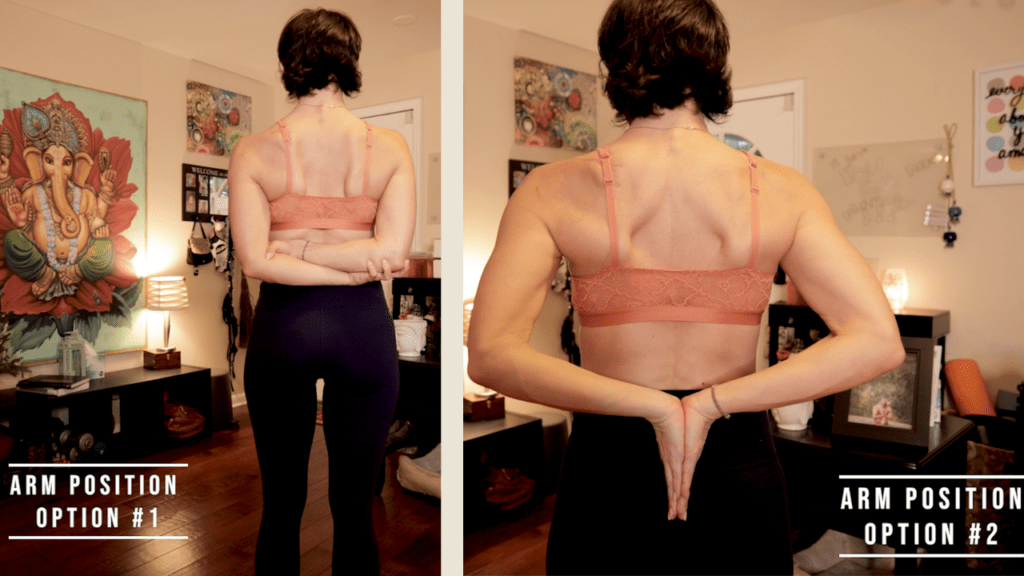
Remember to always listen to your body and modify the pose according to your own comfort level and abilities. It’s essential to practice with mindfulness and respect for your body’s limitations to avoid any injuries.
Helpful Tips:
No matter what variation you take, keep in mind that this posture demands that you balance most of your body weight over your front straight leg. So be mindful of grounding your feet into the earth by pressing your front foot down into the ground and forward and at the same time press your back foot down into the earth and backwards at the same time. This will fully activate your limbs, turn on the muscles in your legs and glutes, and help you maintain balance as you take your entire upper body over your front leg.
I highly recommend watching our Yoga Tutorial on Parsvottanasana before you attempt this posture
Tap HERE to watch a step-by-step tutorial video on Parsvottanasana
Parsvottanasana is a powerful standing forward bend that offers numerous benefits for the body and mind. With consistent practice and proper alignment, you can master this pose and add it to your Ashtanga yoga routine. Remember to always modify the pose as needed to suit your individual needs. Embrace the journey of your practice and enjoy the benefits of Parsvottanasana in your yoga journey!
Keep Learning
❤️ If you would like to learn yoga with me online, you can do so through my YouTube channel: https://www.youtube.com/@yogawithkrista
Our mission is to help as many people as possible find wholeness in their lives through totally free, high quality yoga videos. We welcome all levels, all people, all bodies, all genders, absolutely everyone! SUBSCRIBE to the channel and join wholeness (Olotita) movement! ❤️
❤️ Yoga is truly accessible to everyone! The hardest part is showing up. Tap here to access the Yoga Tutorial Playlist on Youtube.
About Krista:
I am a level II authorized Ashtanga Yoga teacher and I am passionate about sharing these teachings with all who wish to learn.
If you want to join me in person I teach daily classes at The Yoga Shala in Winter Park, Florida. I also offer virtual sessions in Yoga, Meditation, Breath-work, Nutrition, Life Coaching and Mentorship. Check out www.theyogashala.org for more details.
If you do not live in Central Florida and want to find an authorized teacher in your area, check out my teacher, Sharath Jois’ website, for a list of all teachers authorized and certified by his yoga centre in India.
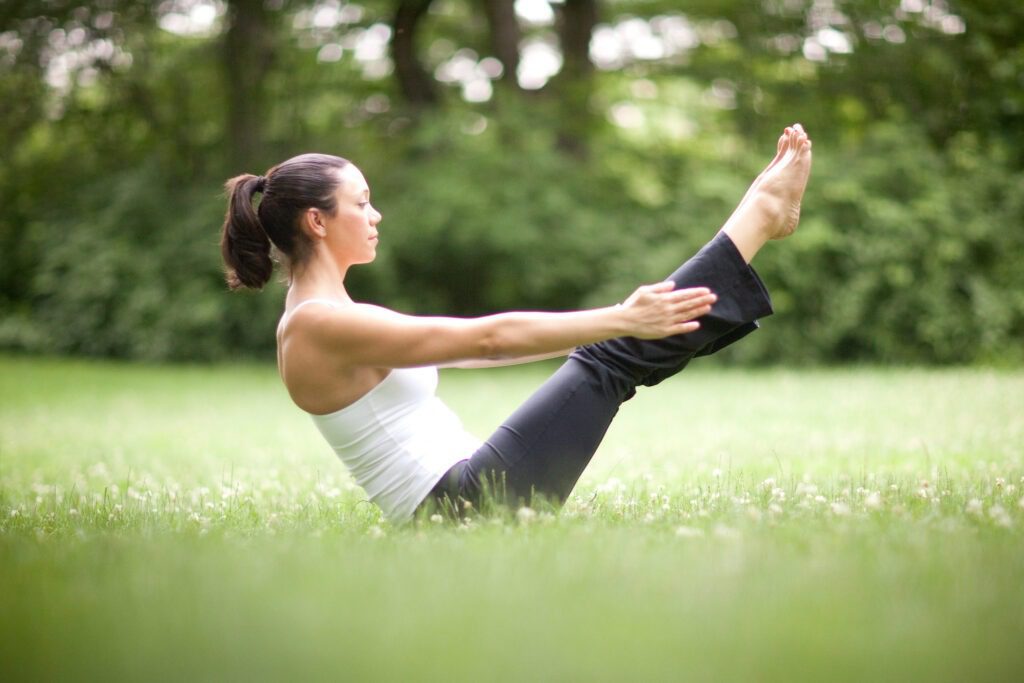
Stay in touch:
❤️Be sure to https://olotita.com/yoga-classes-in-winter-park-florida/newsletter/ to stay on top of local events and classes, Nysa products sales, new offerings, new products and more! ❤️
❤️We appreciate all your support. If you’d like to donate to our channel: Paypal
[email protected]. Please put “donation” in your message. Thank you.
❤️SHOP MERCHANDISE: Nysa Products
❤️CLASSES & PRIVATE INSTRUCTION: If you would like to book your spot for my upcoming group engagements or work privately with me on an individual basis please visit: www.theyogashala.org
❤️SOCIAL MEDIA: You can catch other content by following me on:
Instagram: @kristashirleyyoga
Instagram: @theyogashala_
Facebook: @theyogashala
Facebook: @KristaShirleyYoga
TikTok: @kristashirleyyoga
Twitter: @kristayogini
❤️For other inquires please contact: [email protected]
❤️Thank you for liking, subscribing, and sharing our videos!❤️
❤️ Namaste ❤️




